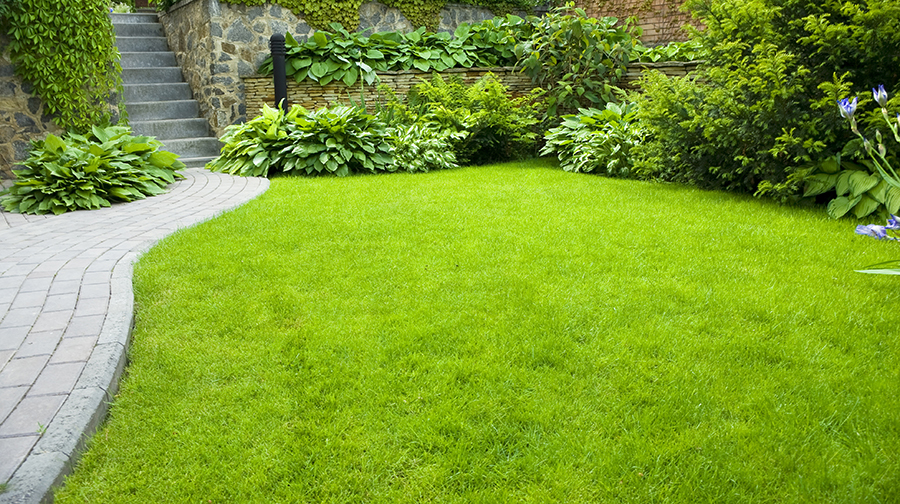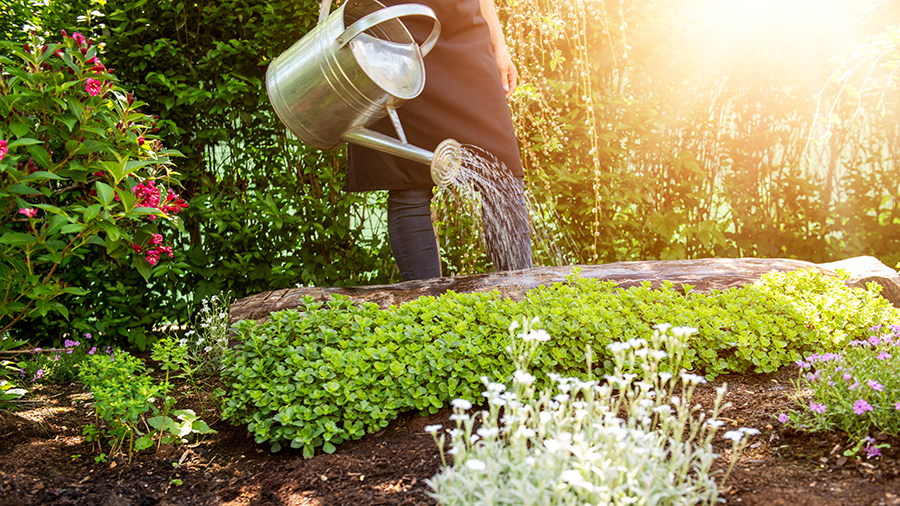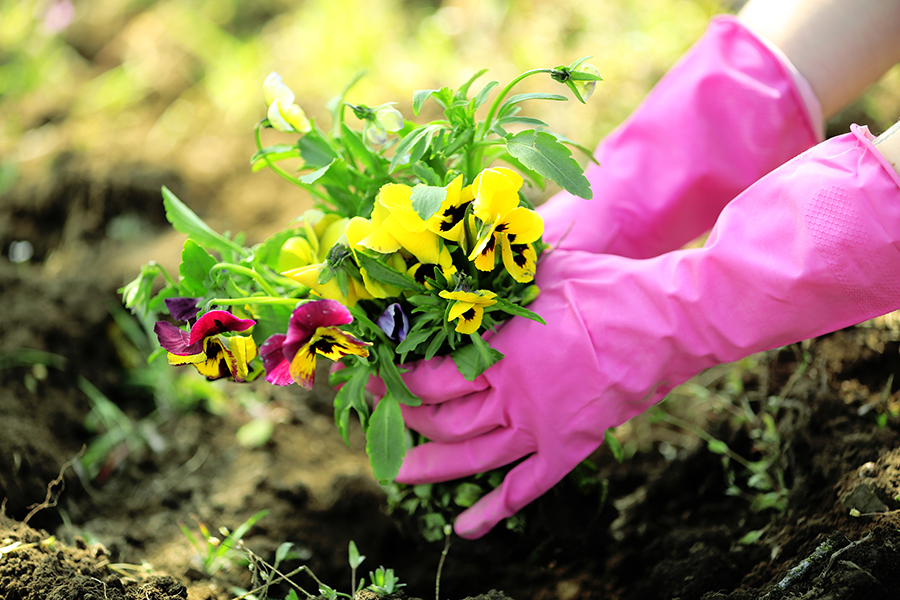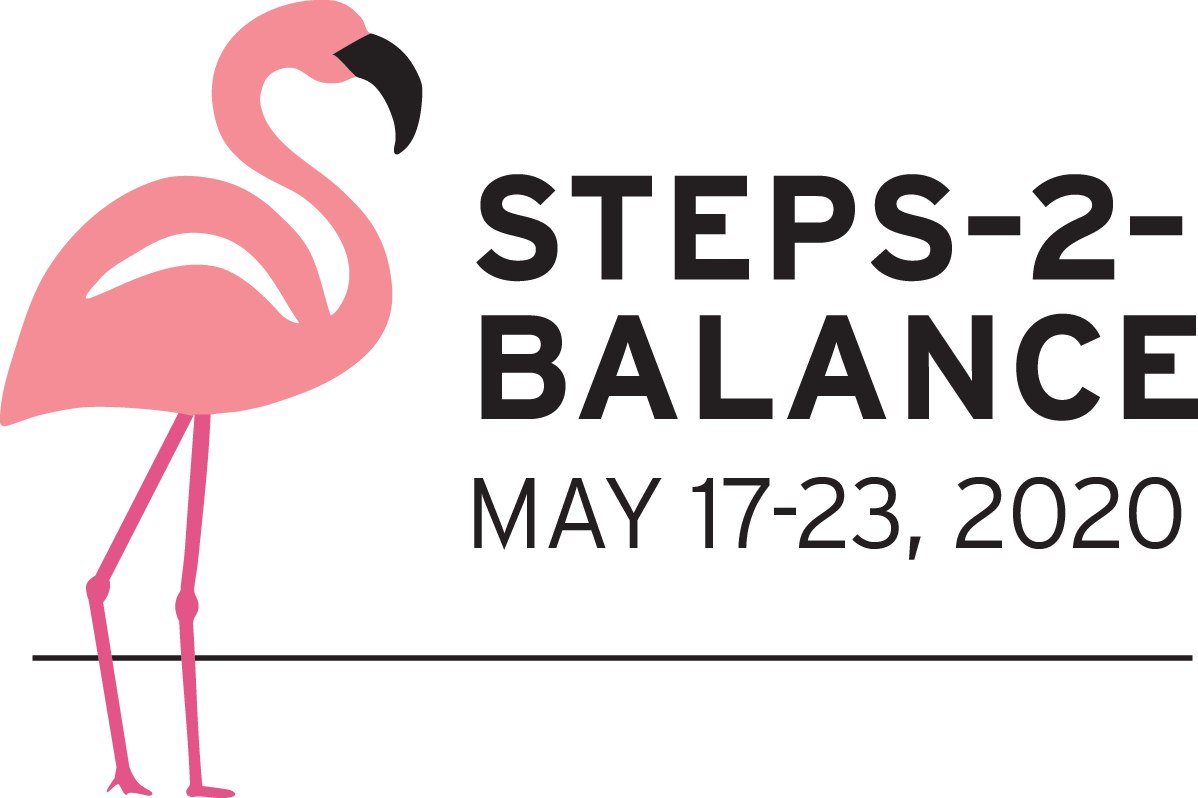In response to VEDA and Dr. Jenna McLane’s challenge for those living with vestibular disorders to set a goal and to take a step toward recovery, I have a suggestion. Gardening! For me, this yearly ritual begins around Mother’s Day, and it has been a calming activity to distract me from the anxiety of the pandemic. It’s nice to get outside (within social distancing guidelines) and start gardening in my flower beds.
While gardening, I thought, “This is a good balance task!” There are so many things that involve balance and strengthening.
First, you are outside soaking up Vitamin D, which is excellent for your vestibular system. Studies have shown that Vitamin D can help prevent BPPV. Researchers recommend supplementing your diet with Vitamin D and calcium carbonate to reduce further attacks of BPPV.

Second, as I walked from the flower beds to the grass (with my supportive sneakers), I realized this is what I do with my patients in the clinic. I have patients walk on uneven, changing surfaces, some soft and some hard, and challenge them to make reactive, neurological adjustments in their balance.
Third, I loosen up the soil with a shovel to prepare the ground for my herbs and flowers. This means standing on one foot and balancing while I put my other foot on the shovel and pushing down with my core and legs to create a hole for my flower seedlings. The shovel can give some support if needed. In my Bucks County home, I often hit many rocks when shoveling, which can challenge my balance and cause the need for even more effort.

Fourth, I prepare the hole with gardening soil, so my flowers have a healthy bed for their roots (to grow beautiful flowers). This means squatting or bending down to fill the hole. You are now moving your head and semicircular canals in linear and diagonal patterns stimulating all your postural, visual, and vestibular systems to work together. You require good coordination of these systems to help you have healthy roots too! The vestibular system may be an organ the size of an M&M, but it is incredible what it helps us do when it works correctly.
Finally, I bend over again to plant the seedlings and sure the soil — reaching, gathering, and patting around the plant to give it a solid base. The next step is watering the flowers. I prefer to gently water new seedlings with my watering can. This means carrying the 5-gallon watering can from the hose to the new plants and maintaining my balance on uneven ground as I lean over to shower my flowers with the water they need to grow. This takes muscular effort, balance reactions, and accuracy of the visual system. My balance must adjust subtly while I move to water the next plant with a light watering can.

Gardening is an activity we take for granted, but for someone suffering from a vestibular disorder, it may be a very challenging task to complete. You can make accommodations such as using a cart, a kneeler, or something to assist you in getting up and down from the ground. Using a shovel or a walking stick may help prevent falls. Dizzy people may need to plan to complete small areas each day as gardening can be very fatiguing.
Gardening is a great way to help your vestibular system recover, especially since once you’ve planted everything, you need to continue nurturing the garden with watering, weeding, and pruning for the next several summer months.
The best part is that you can reach your goal of becoming more active through gardening. You can challenge your vestibular system with head and body movement, and you’ll have better balance and less fall risk. Better yet, you’ll have beautiful flowers to enjoy and share as a measure of your efforts. Whoever thought of gardening as a form of Vestibular Rehabilitation? Only me, your Vestibular (nerd) Therapist! So start a simple garden today, and share some photos of your flowers with me at WWSPT on our Facebook page.
WWS Physical Therapy & Vestibular Rehabilitation Facebook page.
Wendy Webb Schoenewald, PT, OCS,

